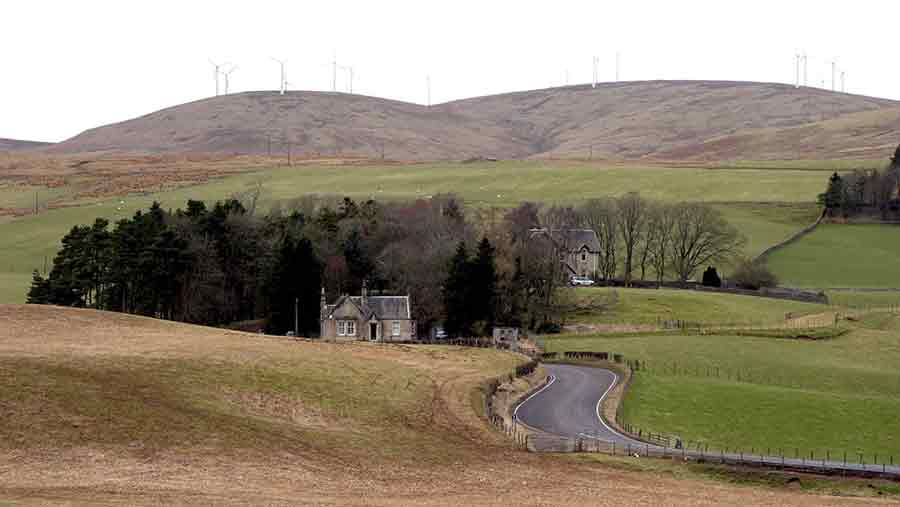Tenancy chances shrink as 12,000 acres of let land lost in Scotland
 ©DAVID CAIRNS/REX Shutterstock
©DAVID CAIRNS/REX Shutterstock The area of let farmland in Scotland has shrunk by 12,000 acres, as more landowners choose to take units back in hand or manage them through contract farming agreements.
The number of new lettings without houses also fell as a result of landowners restructuring their holdings and more land was earmarked for forestry and development.
The net loss of let land came to light in a survey of 46,000 acres of let land, by the Central Association of Agricultural Valuers (Caav) and the Scottish Agricultural Arbiters and Valuers Association (Saava).
Biggest loss in since 2012
The area of Scottish let land has been getting smaller for years, but the loss in 2015 was the biggest since the survey was first conducted in 2012 when 37,000 acres of let land were lost.
Of the units that fell vacant last year, only half were re-let, with the rest taken back in hand or made available on contract farming agreements or other short-term arrangements. This compared with 2014 when 75% of tenancies were re-let.
Jeremy Moody, secretary and advisor at the CAAV, said: “Despite the simplicity and management of risk that a good tenancy system can offer, owners keeping land can be more comfortable with alternative arrangements, giving closer control over their land and which may have a lower investment demand, fewer taxation issues and less exposure to political uncertainty.”
Land Reform Bill won’t encourage lettings
The Scottish Land Reform Bill going through Holyrood today (Wednesday 16 March) was unlikely to encourage more land into the let market, said Mr Moody, as there was nothing to encourage landowners who weren’t already letting to do so.
See also: Scottish land reform – what farmers need to know
Under the plans, those on 1991 Act tenancies wanting to exit farming, perhaps for retirement, will be able to assign their tenancies to another tenant, or the landlord will buy the tenant out and take the unit back.
While this gave both tenants and landlords more flexibility, it could encourage more landlords to take back let land, warned Mr Moody.
Fewer equipped tenancies but more new blood
The survey also found bare land now made up the biggest proportion of new lettings at 65%, which Mr Moody said was likely a result of pressure to restructure and the difficulty of justifying investment in fixed equipment.
New blood seemed to be entering the let sector though, with half of new lettings going to new entrants.
See also: Last-minute plea over tenancy changes in Land Reform Bill
Referring to the overall loss of let land, Mr Moody said:
“If the Scottish government does not find a way to reverse this worrying trend, then farming will find other less regulated ways – such as contract farming – to look to its future.”
“A good tenancy system not only offers opportunities to new entrants and retiring farmers, it provides a simple flexibility for farmers to grow and thrive.”
